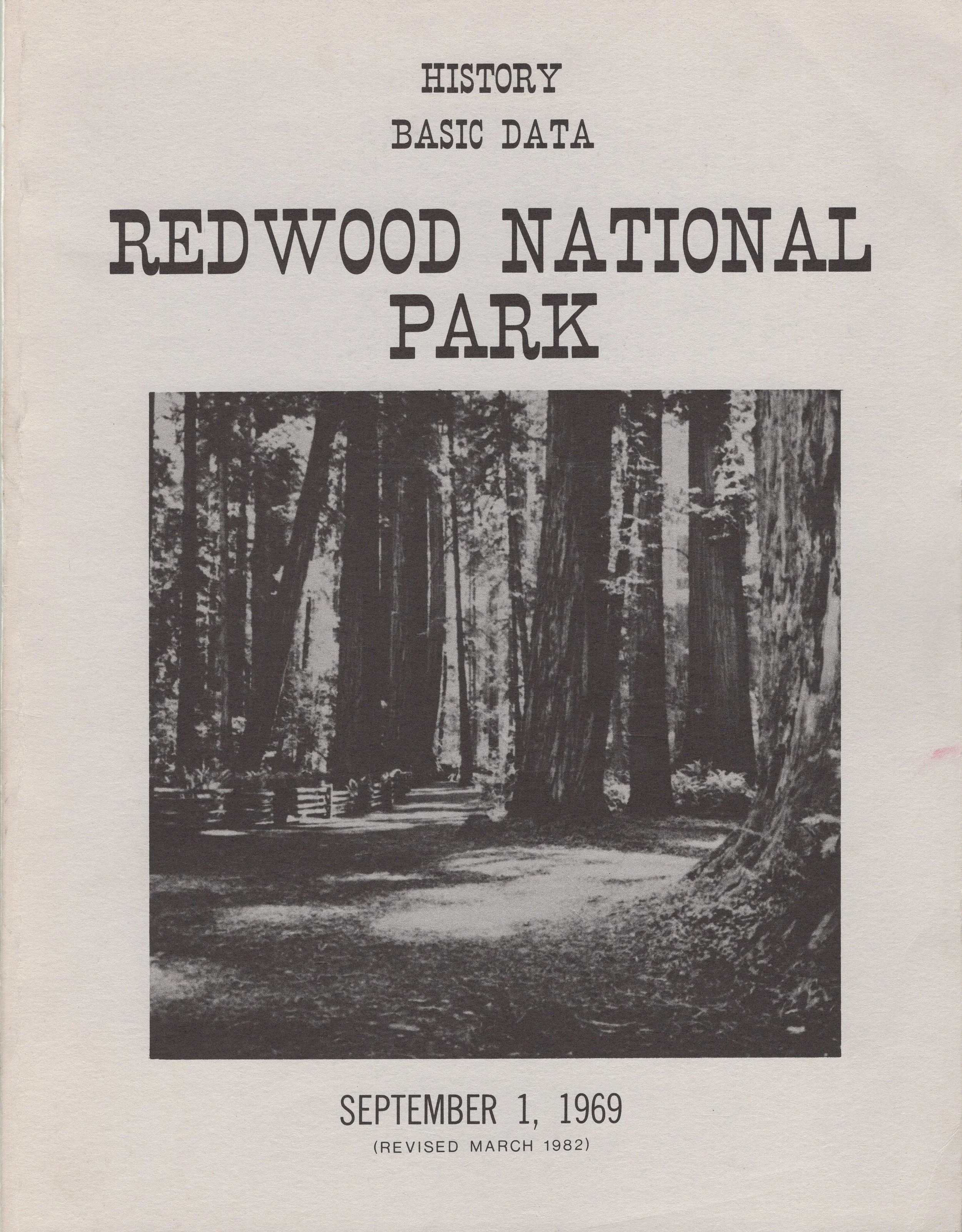Pacific Coast Highway in California


Pacific Coast Highway in California
By Carina Monica Montoya. Naturally most of the books for sale at the Humboldt County Historical Society bookstore are largely about Humboldt. But some have a broader scope though with a strong Humboldt connection.
For Humboldters, this topic is very relevant since this highway is the scenic route that connects us with the rest of California. A "Images of America" book, it is illustrated with some 200 informatively captioned historic photographs. Many of them are from Caltrans and so are not generally available elsewhere.
We are told how from the early days of the automobile there was a search for a route that tied our large state together and gave access to our scenic coastline. The book then goes into the early stages of construction, detailing the engineering difficulties, and grand openings as different sections were completed. A part of the book highlights the many bridges along the route including the Golden Gate which at the time was the longest bridge in the world. Other chapters dwell on the many scenic lighthouses along the way as well as the historic landmarks, communities, popular beaches, and at Humboldt's end the magnificent redwoods. The ongoing maintenance problems are not neglected either including damage brought on by landslides and earthquakes.
This book tells a story that should interest any of us who have driven along this now-century old entrance to our Humboldt home.








